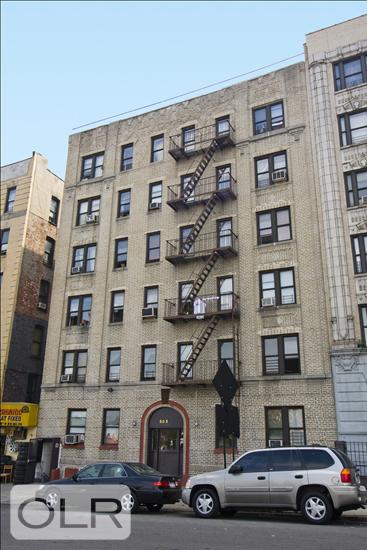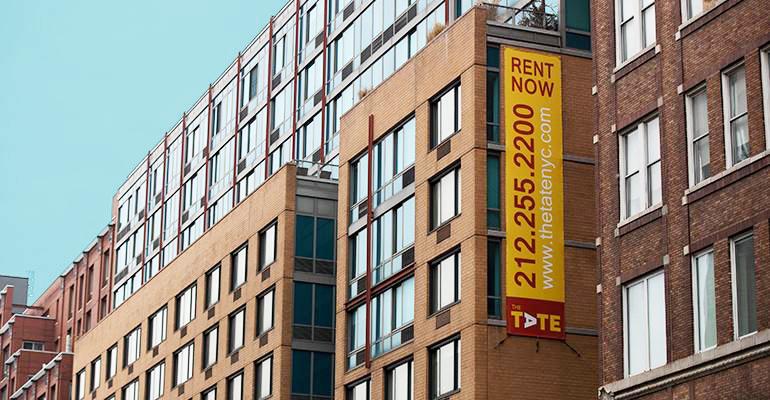

WASHINGTON THE LAST BASTION AFFORDABILITY MANHATTAN HOW TO
How to book: Limited reservations are available via Tock.Ĭhef Masa Ito made a name for himself with umami-rich wagyu and caviar-laced nigiri at the Los Angeles export of Sushi Zo (also on this list). Just like the uptown location, the team flies most fish directly in from Tokyo’s Toyosu Market twice a week. This is a spot for sushi enthusiasts that are looking for new, sometimes intense, flavors.

Further, dishes here highlight extended fermentation practices, bites high in salt that pair with sake, and chinmi: rare delicacies uncommon elsewhere in the city, like a three-month-aged uni bite. And while each location is built on the highest quality, pristine seafood, Noz 17 offers a longer, 30-course, seasonal omakase ($400) that follows atypical progression: chef intersperses otsumami and nigiri throughout most of the menu.

As its name suggests, Noz 17 is the downtown offshoot of uptown’s lauded Sushi Noz, though this newer location-which debuted last December-is helmed by Sushi Noz Ash Room alum, head chef Junichi Matsuzaki who was, in fact, part of the original sushi den’s opening team. And while most of Noz 17’s seven bar seats are referral-only, the team recently began to offer a few seats via Tock. Noz 17 is New York’s first referral-only sushi counter, a style of dining that’s popular in Japan where a chef offers seats only to regular diners and their friends. While we’ve official bid farewell to Ichimura at Uchū(a new concept is coming in), we’ve also welcomed in fantastic new additions like SHION 69 Leonard, Yoshino, Icca, Noz 17, and the most recent player, Ito, from former Sushi Zo commander, Masa Ito. While the pandemic certainly took a toll on many of the city’s omakase counters, most have reopened. And today, the city’s abundance of authentic menus (many of which are Michelin-starred) is also thanks in part to the affinity that the Japanese have for the five boroughs, making our city one of the most desired destinations when a popular sushiya wants to expand outside of its home country. In Japan, just like NYC, high-end omakase meals are often reserved for special occasions due to their price point. The reason for the high cost is that these counters, along with others on this list, source high-quality seafood from Tokyo’s Toyosu Market (formerly Tsukiji Market), and other luxury ingredients like fresh wasabi root, and Japanese citrus such as yuzu and sudachi.

In the last few months, many counters have raised prices anywhere from a few bucks to $20 or more, with most top spots still hovering around $400 for a meal. While the city indeed counts budget-friendly chef’s choice options, with recent inflation, finding high-quality sushi under $200 is becoming more of a challenge. Over the last decade, New Yorkers have readily embraced omakase sushi-the Japanese-rooted tasting menu typically dedicated to seasonal nigiri and other small seafood-focused dishes known as otsumami. #g-0704-rea-web-LIVINGwashingtonheightsBC-box.


 0 kommentar(er)
0 kommentar(er)
